How to Avoid On-Site Visits and Unpaid Battery Work
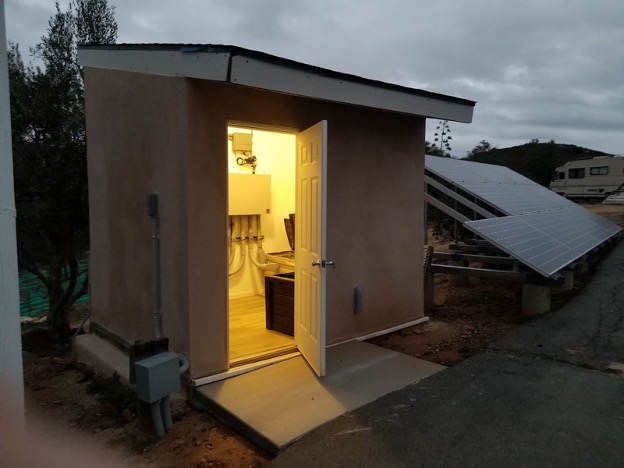 On-site visits can be a source of unhappy customers, damaging word of mouth, and wasted money - especially if they're caused by early battery failure.
On-site visits can be a source of unhappy customers, damaging word of mouth, and wasted money - especially if they're caused by early battery failure.
In this article, you'll learn how to avoid unpaid on-sites, thrill customers, and increase profits, including:
- Effective strategies to diagnose and solve energy storage problems without leaving the office
- Battery selection and sizing basics
- Telltale signs of inadequate supplier support
- Easy ways to spot and eliminate common installation mistakes
- After the install: How to keep customers' systems running smoothly
Remote Monitoring and Load Management + Battery Management Systems (BMS) = Tech Support 2.0
In the past, there were only three ways to identify battery problems:
- Drive long distances for routine, in-person inspections
- Laboriously diagnose batteries over the phone with battery users (with no technical background)
- Frantically drive out to emergency calls-and delay other customers' projects
Not anymore. Today, most of my installations include remote monitoring and BMS.
Customers don't need to wait, and I don't need to drive every time there's an issue.
For the first time ever, I can identify and fix many problems off-site and early, before they destroy battery systems. For instance, several customers had broken irrigation pipes that caused water pumps to run constantly. Without remote monitoring, the problem would've gone undetected until the entire battery bank failed.
Remote monitoring also helps:
- Load management: Turn heating and cooling, appliances, pumps, and generators on and off-to shed loads and save batteries as needed.
- Give early warning and activate escalating alerts: For example, generators running on a sunny day usually indicate a problem.
- Identify new, power-hungry devices-and advise battery owners before they run out of power or kill batteries.
- Quickly spot communications equipment malfunctions.
- Change settings on inverters and other equipment over the internet
BMS increases capacity and reduces the risk of temperature-related damage. That's because BMS monitors total and per-cell voltage, depth of discharge, temperature, and more -- for optimal performance.
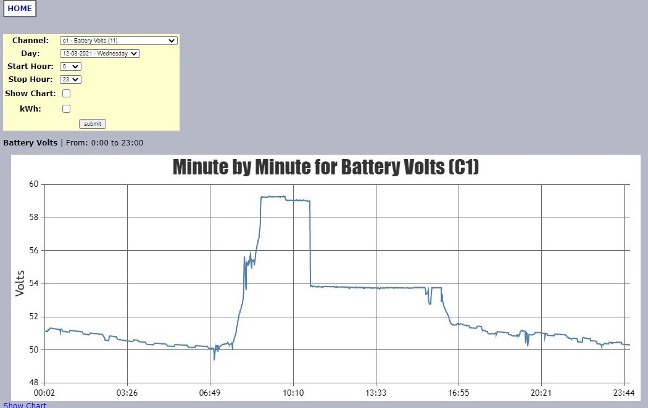
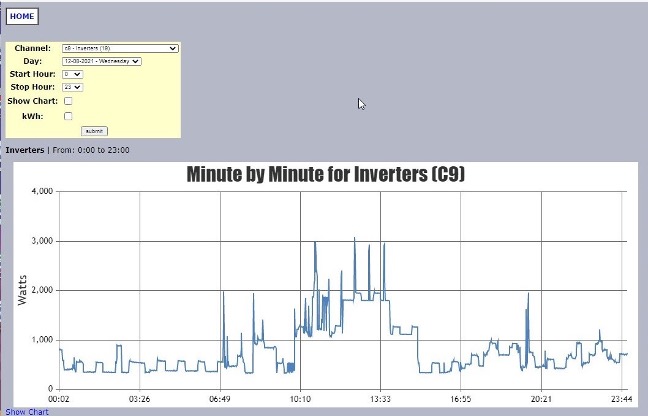
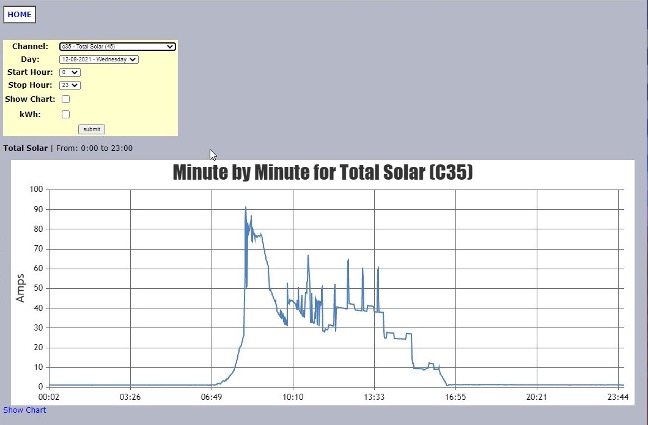
Reliable batteries help you avoid on-site visits and warranty claims. But of course, there is no perfect battery, and every application is different.
For most renewable energy applications, I choose lead-acid batteries because they have the highest ROI and surge capacity. In addition, they're the most recyclable (99 percent according to the US EPA). And I've seen many installs last more than a decade with good maintenance. (Lead-acid batteries must be ventilated and require a few minutes' watering.)
When comparing battery lifespan claims, ask for proof. For example:
- "How was lifespan determined?"
- "Are lifespan claims based on laboratory results -- or in-the-field, real-world testing?"
- "Where can I find the test results that determined lifespan?"
A good rule of thumb is that a "ten-year battery" should have already lasted a decade in the field-and be warrantied by an established battery company or third-party insurer.
November/December 2020's "Read the Fine Print: Battery Warranty Basics" helps to avoid costly warranty loopholes.
Strong marketing and technical materials save your money and time
A battery manufacturer's supporting materials make the sales process easier, higher-converting, and faster.
Good battery spec sheets help you pull permits and avoid unpaid revisits. Without the right documentation or fast answers from a rep, building inspectors may deny permits or require an extra visit.
Spec sheets are a litmus test of a battery company's attention to detail and thoroughness. If they don't have the materials you need, ask, "How will they take care of warranty claims, failed cells, or emergency support?"
Finally, in-depth documentation helps ensure best practices and saves time. For instance, you'll need to know how to program set points and calculate absorption time -- and not all companies provide that information. If your battery company doesn't, guess who has to create it (for free)?
Tech support
It's essential to have access to the same engineers who created your batteries because even knowledgeable sales reps can't always answer obscure technical questions.
And you'll want a relatively fast turnaround time for support tickets-especially if you're in the field; otherwise, you may have to drive out again or do reinspections.
When shopping for a battery company, ask other installers or battery users about their manufacturer's tech support. Email tech support or a sales rep with a specific question to test them before you buy.
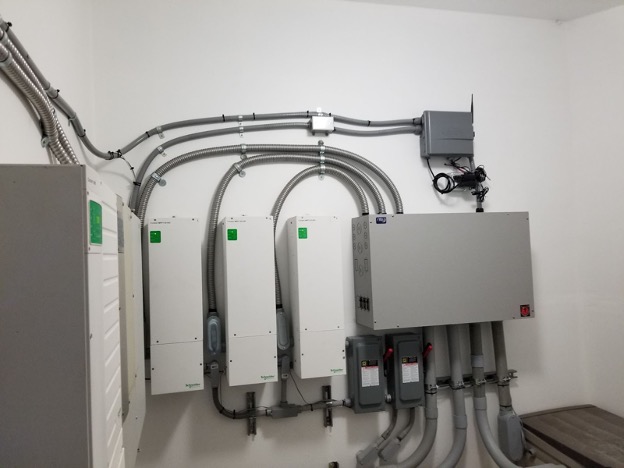 Size right or lose customers
Size right or lose customers
Nearly half of my emergency calls these days are due to other installers' improperly sized battery banks.
Increasingly, these failures stem from improper Depth of Discharge (DoD) calculations.
Here's what typically happens: A salesperson compares apples to oranges - battery chemistries with significant price differences per Kilowatt-hour (kWh). Then, to appear price-competitive, they intentionally undersize their battery bank (for instance, 80 percent DoD and only 20 percent reserve power).
If you need a 100kWh battery, you need a 100kWh battery. It's that simple.
Power reserves are critical to handle increased electrical demand or reduced wind or solar production. However, inadequate power reserves can leave battery users in the dark. Worse, over-discharging compromises every battery's lifespan and reliability.
Always design any battery system for 50 percent DoD (2X true Amp-hours) -- and compare prices between correctly sized batteries. Sizing for 50 percent DoD allows batteries to float quickly, then run DC-coupled in the afternoon (instead of drawing off batteries).
NOTE: If you install a system someone else designed, always double-check all sizing calculations, including estimated loads.
Installation best practices from 10,000+ solar installations and field repairs
Store batteries in a cool, dry location (~77 °F is ideal)
Extreme temperatures reduce every battery's lifespan and capacity. Batteries thrive in enclosed structures that are well-insulated, properly ventilated, and temperature-stable. Store batteries off the floor.
Much of my work comes from fixing systems that weren't built to code.
You probably already know the basics:
- Battery boxes must have a 3' clearance and a screened-in enclosure.
- Install batteries away from electrical outlets, breakers, and sparking devices.
- Lock battery boxes and keep a dry chemical fire extinguisher nearby.
- Follow manufacturers' recommendations for environmental suitability.
- Meticulously follow codes for critical load panels -- for instance, no split-circuits.
- Shield equipment from short-circuiting, overheating, and fires by installing necessary fuses.
Finally, review the latest version of the National Electrical Code. Article 480 9(A) defines ventilation standards. Article 690 covers residential and commercial systems. And Article 691 covers larger systems.
Size wiring with a "wire gauge calculator" (3% or lower voltage drop). Improper cabling is difficult to diagnose after the install. Worse, it can lead to system failure and fires.
Use Type 316 stainless steel for bolts, washers, and nuts. Then coat terminals, nuts, wire lugs, and bolts with a non-hardening sealant. Cover terminal lugs and exposed wires with rubber tape or another approved lining. This minimizes corrosion and maintenance.
All batteries need maintenance-and all battery users need training
Improper care can lead to undiagnosed problems and early system failure. That's bad for customers and for installers-who risk reputational damage, blame, and unpaid fieldwork.
- Show users why maintenance matters -- improved reliability and lifespan, reduced costs.
- Show them that it's simple.
- Consider bundling quality maintenance tools with installs to save users' time.
- Help users schedule battery maintenance in their calendar, next to other upkeep.
- Ask them to call you before adding large electrical loads.
You'll make your life a lot easier if you follow up regularly to catch problems when they're easy and cheap to fix. And, with remote monitoring and video/phone-based check-in, you can offer faster service and stop paying your crew for unneeded drive time.
By avoiding common pitfalls and monitoring battery systems in real-time, you'll avoid the majority of on-site visits and unpaid work - and your customers will be thrilled with the results.
Mark Snyder has consulted with NASA and The Daily Show-and designed or installed more than 15,000 off-grid and 10,000 grid-tied storage systems. A licensed forensic electrician and the President of Mark Snyder Electric, the renewable energy system installer and factory-certified inverter repair service has set up North America's largest off-grid school and a Department of Energy pilot project in Navajo Nation.
Mark Snyder Electric | www.marksnyderelectric.com
Author: Mark Snyder
Volume: 2022 January/February









